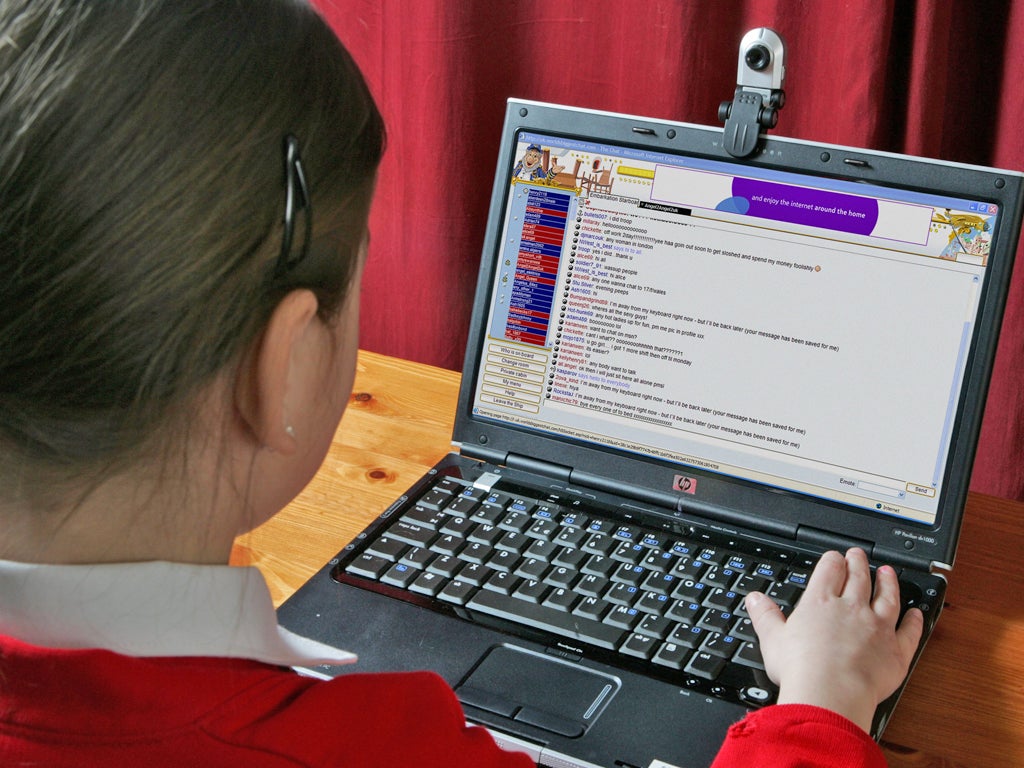'Parasitic' porn websites stealing and re-posting sexually explicit images of children and young teenagers
Internet Watch Foundation found that 88 per cent of sexually suggestive or explicit images of young people are taken from their original location and re-posted of 'parasitic' porn sites

Pornographic websites are stealing ‘self-made’ sexually explicit images of children and young teenagers, a leading internet safety organisation said today.
The Internet Watch Foundation found that 88 per cent of sexually suggestive or explicit images and videos posted online by young people, usually on social networking websites, are taken from their original location and re-posted on ‘parasitic’ porn sites.
The study found that, during 47 hours over a four-week period, a total of 12,224 sexual images and videos were posted on non-pornographic websites. 10,776 of these were later found to have been duplicated on porn websites created solely for the purpose of sharing sexual images of young people.
Internet safety organisations have long warned children about the dangers of ‘sexting’ – the practice of sending sexual explicit images if yourself via mobile phone – with the IWF’s CEO Susie Hargreaves going as far as to tell children that once an image was made digitally available, it was no longer under their control.
“This research gives an unsettling indication of the number of images and videos on the internet featuring young people performing sexually explicit acts or posing,” she said.
“It also highlights the problem of control of these images – once an image has been copied on to a parasite website, it will no longer suffice to simply remove the image from the online account.”
”We need young people to realise that once an image or a video has gone online, they may never be able to remove it entirely.“
Of the sexual content monitored by IWF, 7,147 were images while 5,077 were videos. The campaign group UK Safer Internet Centre will use the research to inform new campaigns aimed at children.
But the organisation warned that if it cannot provide watertight proof that the young person in a sexually explicit image is under 18 they have no power to remove it from the internet.
David Wright, the director of UK Safer Internet Centre at South West Grid for Learning, said it was common for children to ”sext“ despite warnings. ”Much of the advice for children and young people is, quite rightly, to not 'sext',“ he said.
”However, this research, coupled with our experience, demonstrates that it is still not uncommon. We hope that our new resource will help and support those who have shared self-generated content to take positive action.“